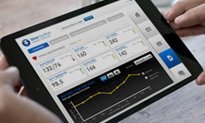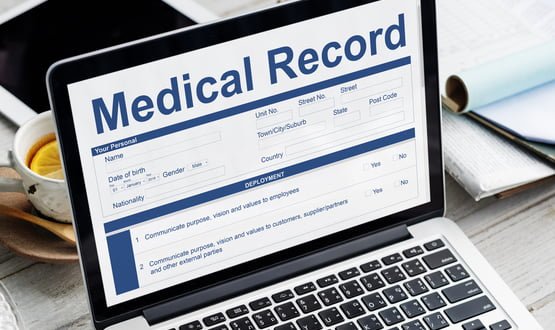Electronic records used to spot abuse
- 2 October 2009
Electronic patient records can be used to predict a patient’s risk of receiving a future diagnosis of domestic abuse, according to research published this week.
Doctors from the Children’s Hospital Boston Informatics Program and Harvard Medical School analysed records from more than 500,000 patients aged over 18, for whom they had at least four years’ data on admissions to hospital and visits to emergency departments.
They developed a scoring system to predict which patients were likely to receive a domestic abuse diagnosis and discovered that their system could successfully predict diagnoses of abuse an average of ten to 30 months in advance.
The researchers, reporting their results in the BMJ, said their system could act as an early warning to help doctors identify high risk patients for further screening.
Associate Professor Ben Reis, lead author of the study, said the team wanted to investigate whether the wealth of historical electronic data could be used to flag up high risk patients.
He added: “Doctors typically do not have the time to thoroughly review a patient’s historical records during the brief clinical encounter. As a result, certain conditions that could otherwise be detected are often missed.
"One such condition is domestic abuse, which may go unrecognised for years as it is masked by acute complaints that form the basis of clinical encounters.”
The researchers found that certain risk factors were strongly associated with a future diagnosis of abuse.
For women, the risk was highest after being seen in hospital or the emergency department for injuries, poisoning, and alcoholism. For men, being seen for mental health conditions such as depression and psychosis conferred the greatest risk of a subsequent diagnosis of domestic abuse.
The researchers also developed a prototype “risk-visualisation environment” which provides clinicians with instant overviews of longitudinal medical histories and related risk profiles at the point of care.
Reis added: “With increasing amounts of data becoming available, this work has the potential to bring closer the vision of predictive medicine, where vast quantities of information are used to predict individuals’ future medical risks in order to improve medical care and diagnosis.”




